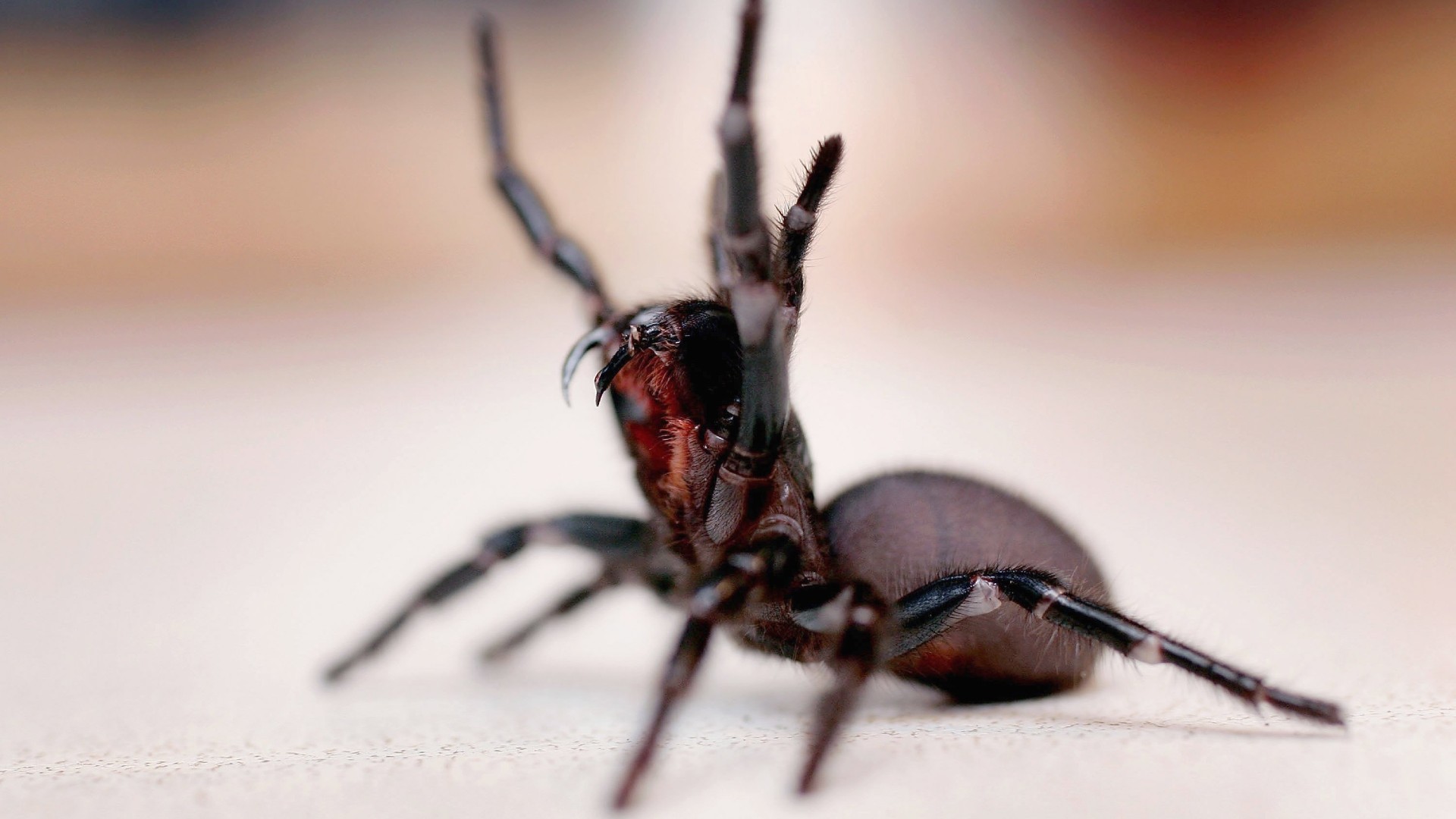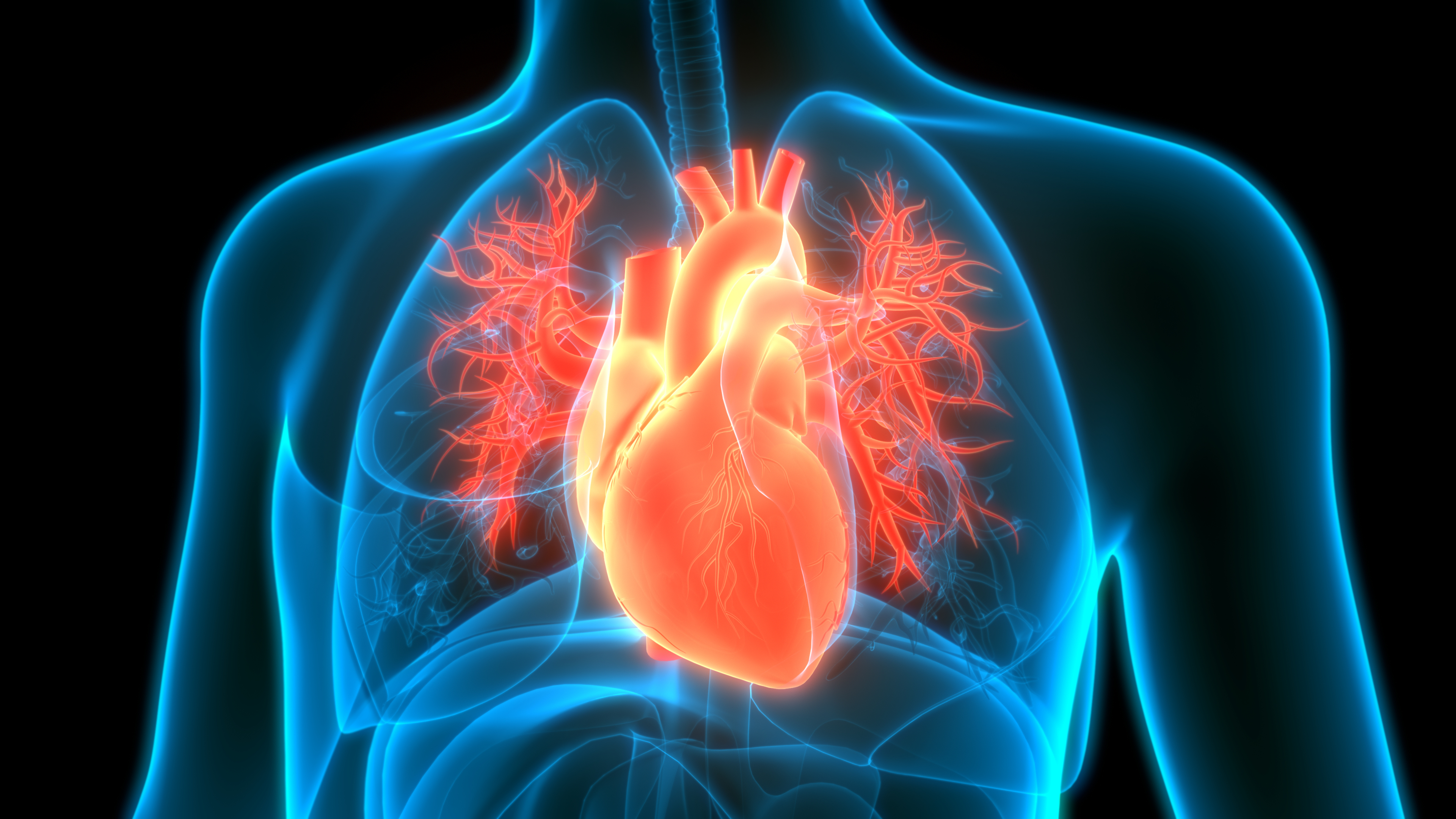
For the first time, scientists are testing whether a first-of-its-kind drug inspired by spider venom can reverse the tissue damage caused by a heart attack. Starting next summer, the team plans to test the safety of the molecule in a clinical trial in Australia.
The molecule, a small protein called Hi1a, mimics one made by Australian funnel-web spiders. It works by preventing heart tissue from becoming too acidic during a heart attack.
The hope is that Hi1a will become the first drug to directly treat tissue injury caused by heart attacks, according to a statement from the team. Although it will initially be developed for use in hospitals, the aim is that one day it could also be administered by first responders, the team told Live Science in an email. The optimal timing to give the drug after a heart attack is not yet known, but the authors suspect that it "does not have to be delivered quickly," they said.
Hi1a could also be used to increase the number of donor hearts available for transplantation, the team added. For example, Hi1a could protect donor hearts from damage that occurs during the retrieval process.
Related: Cobra venom kills by collapsing blood vessels, organ-on-a-chip shows
Hi1a targets a tiny passageway called acid-sensing ion channel 1a (ASIC1a), which allows substances to move in and out of cells throughout the body, including in the circulatory system.
During a heart attack, heart muscle cells stop receiving oxygen due to a reduction in blood flow. This lack of oxygen triggers a cellular chain reaction that activates ASIC1a channels on the surface of heart muscle cells. With ASIC1a channels open, charged molecules flow in and make heart tissue too acidic. This causes the tissue to die.
Hi1a blocks ASIC1a channels, short-circuiting this process, Glenn King, a professor of molecular bioscience at The University of Queensland in Australia, told Live Science in an email. In a 2023 study published in the European Heart Journal, King and colleagues showed that injecting Hi1a into mice could protect the heart from damage caused by a lack of blood flow during a heart attack. Similar effects were seen in human heart muscle cells in a petri dish.

Although H1a appears to have beneficial effects in rodents, the same can't be said for other animals that prey on funnel-webs.
"Hi1a does something very different to acid-sensing ion channels from birds, which are predators of spiders," King said. "Rather than inhibiting these channels, it actually activates them and in doing so causes pain — thus, we think that the spider might use Hi1a defensively to cause pain in potential predators."
If the early trial in humans is successful, the research team will move on to larger trials. They'll use these later trials, known as Phase II and Phase III, to further determine the safety and efficacy of the drug in a wider range of people.
However, clinical trials take many years to complete, so it will be a while before Hi1a is available to patients, if at all.
Several drugs to reverse heart damage have shown promise in animals, said Dr. Heerajnarain Bulluck, a consultant cardiologist within the National Health Service and an honorary senior clinical lecturer at the University of Leeds in the U.K., told Live Science in an email. However, all of these drugs have failed in trials, said Bulluck, who is not involved in the research.
So far, the only cardioprotective drug to make it to a Phase III clinical trial was not approved because it led to strokes.
Ever wonder why some people build muscle more easily than others or why freckles come out in the sun? Send us your questions about how the human body works to community@livescience.com with the subject line "Health Desk Q," and you may see your question answered on the website!







